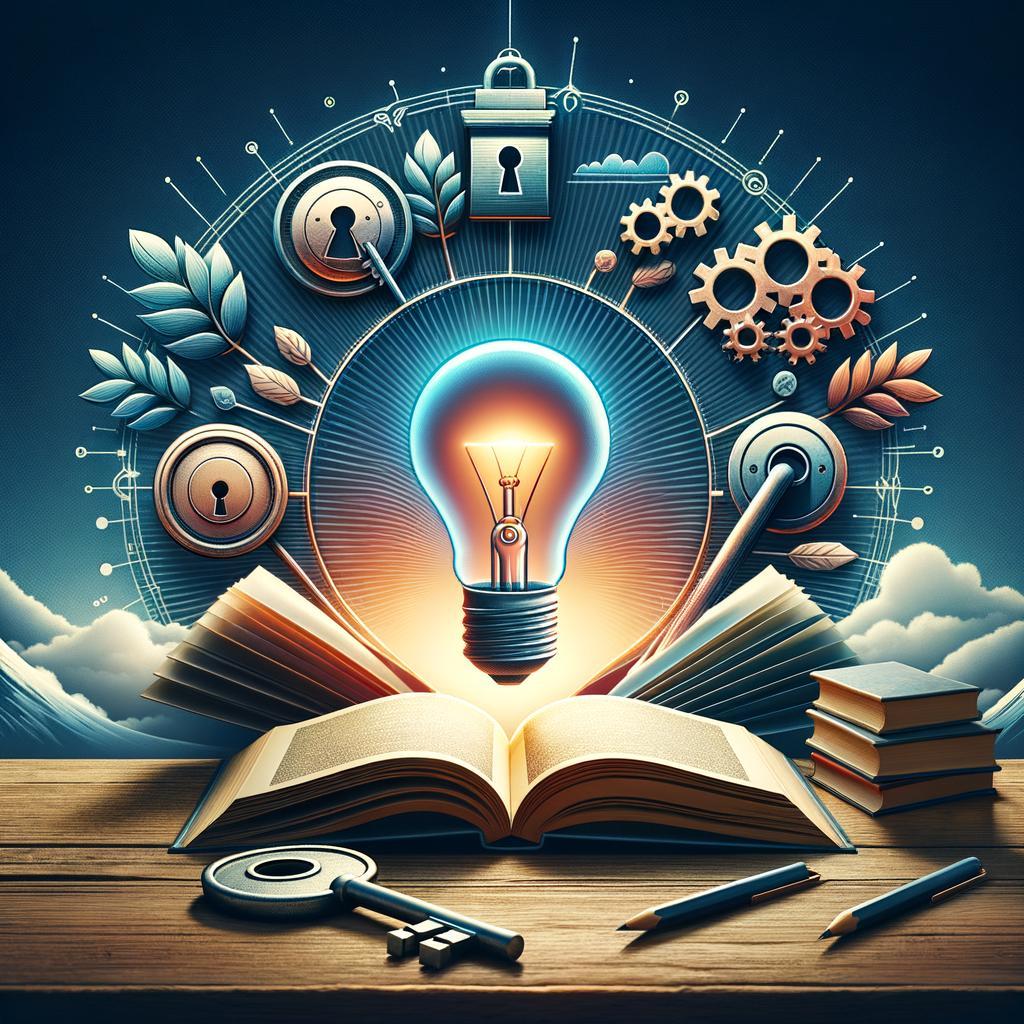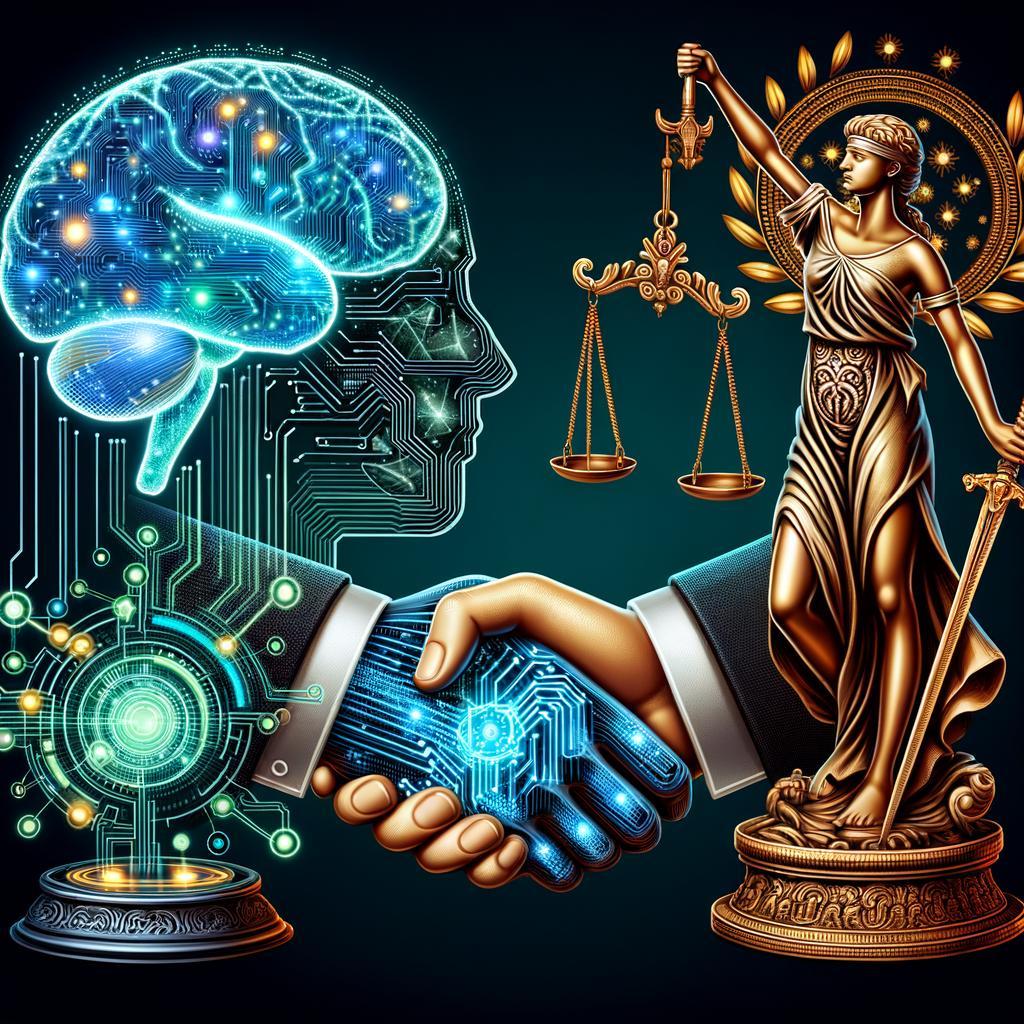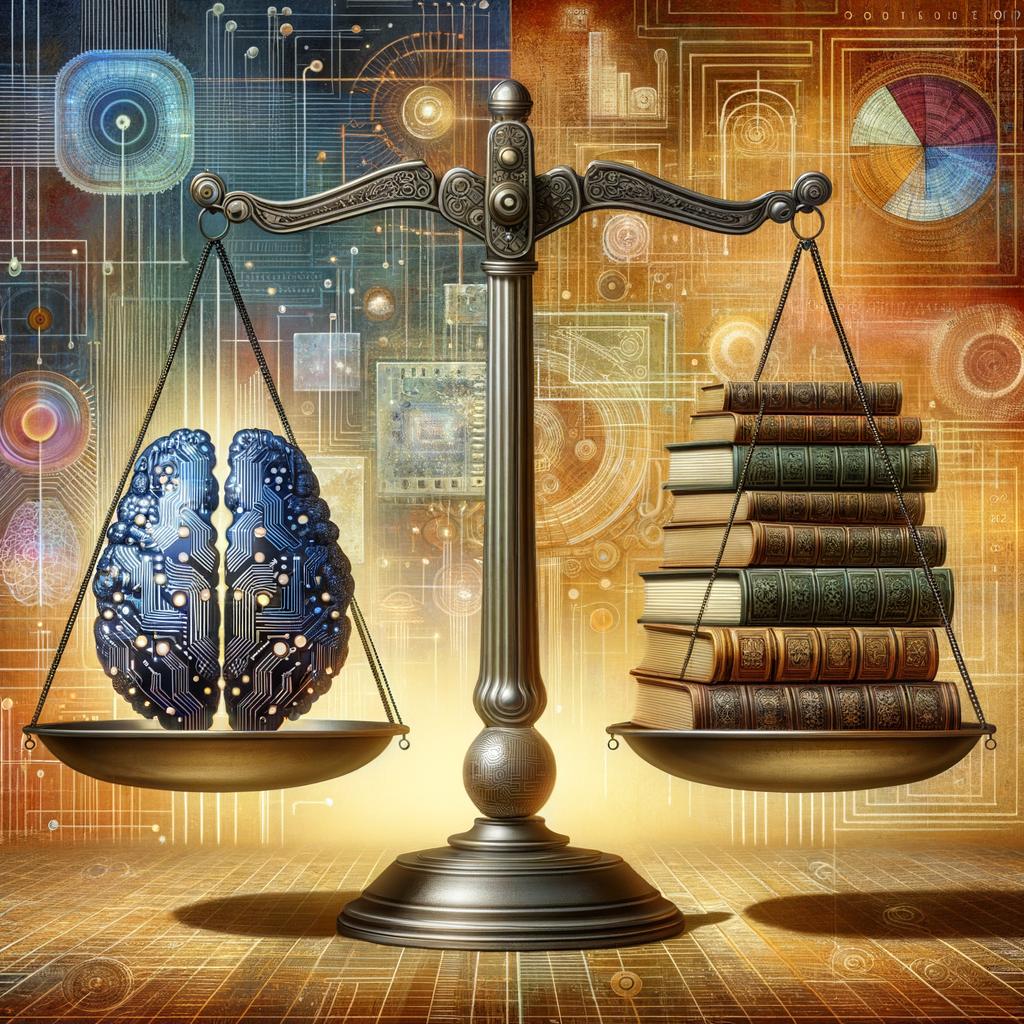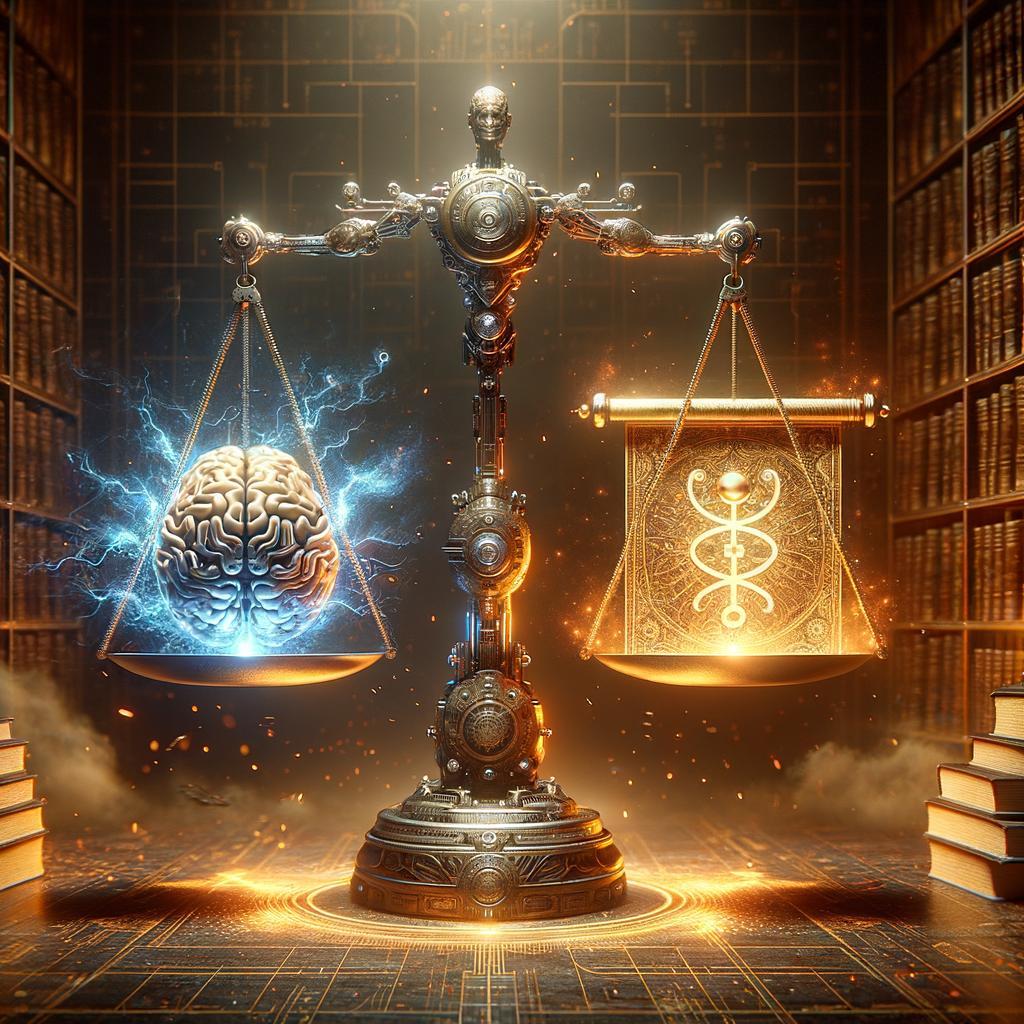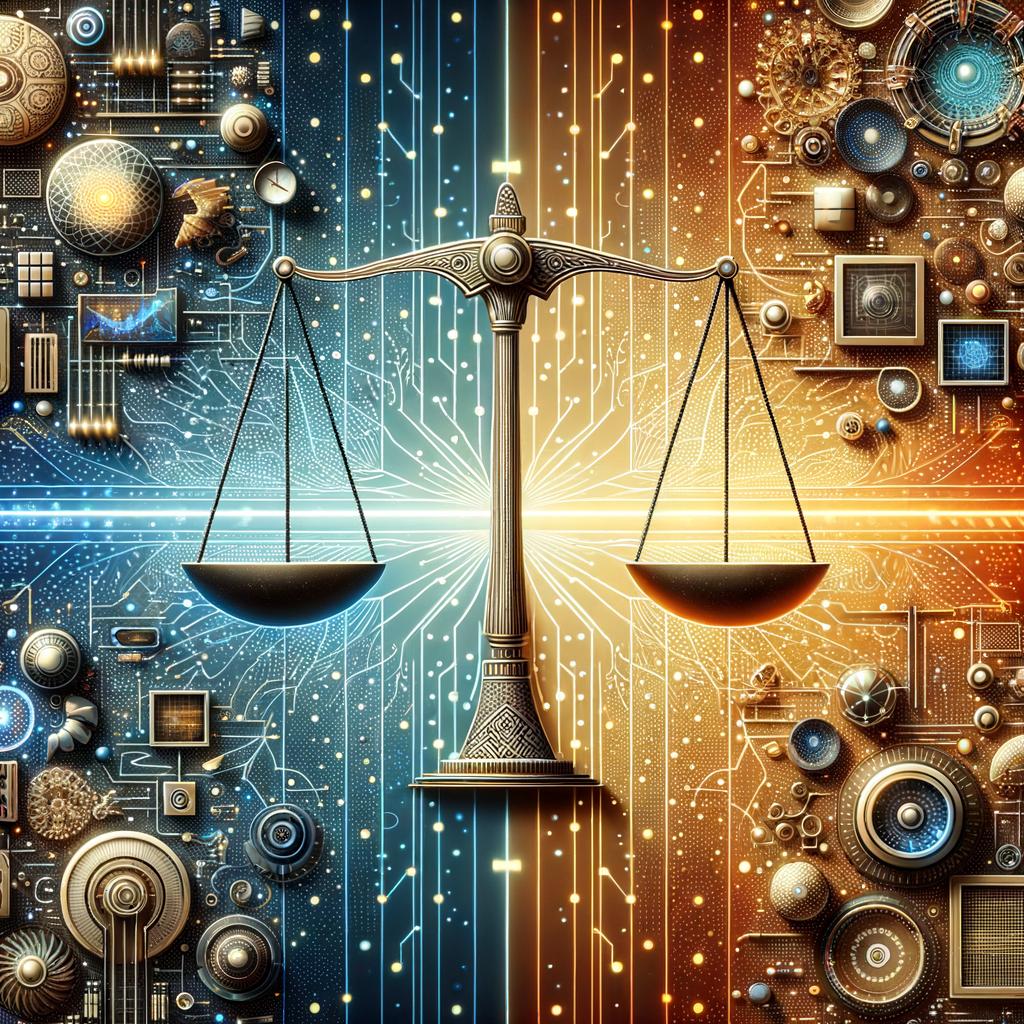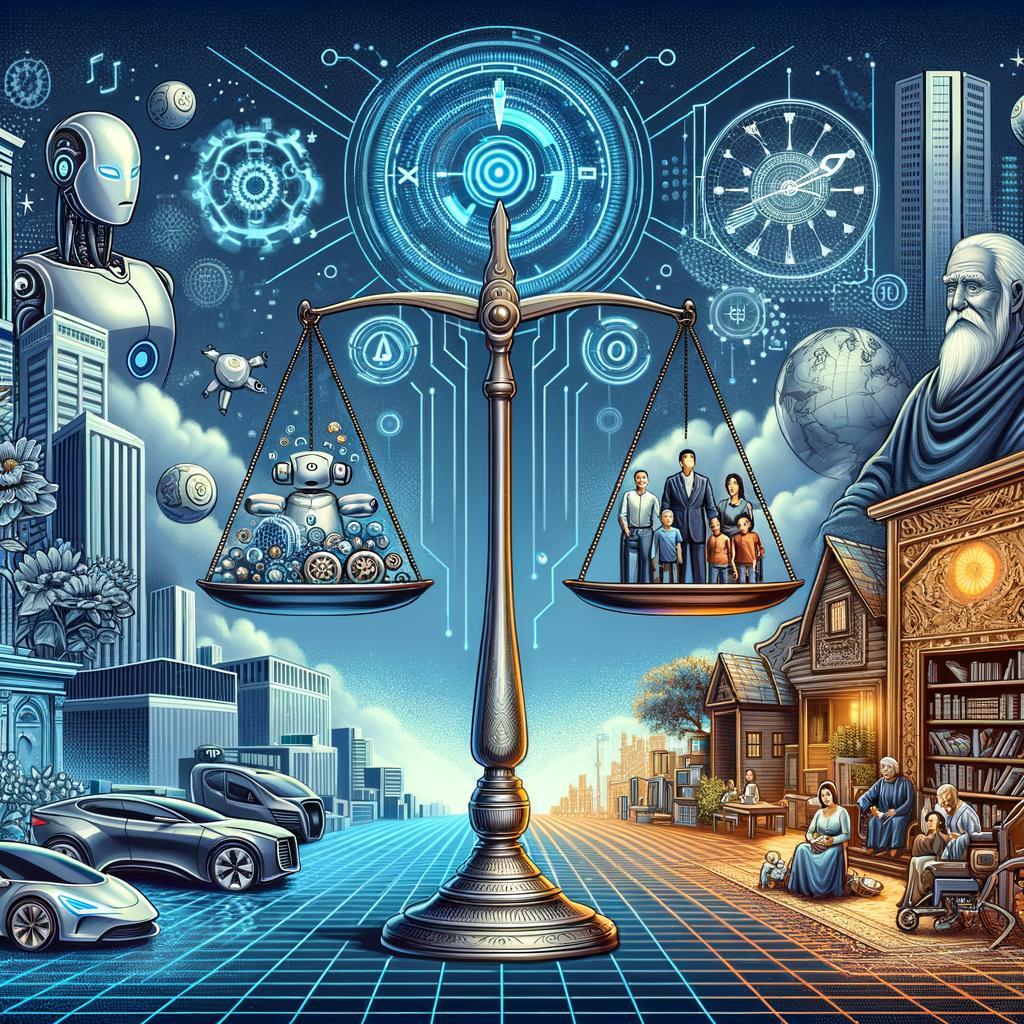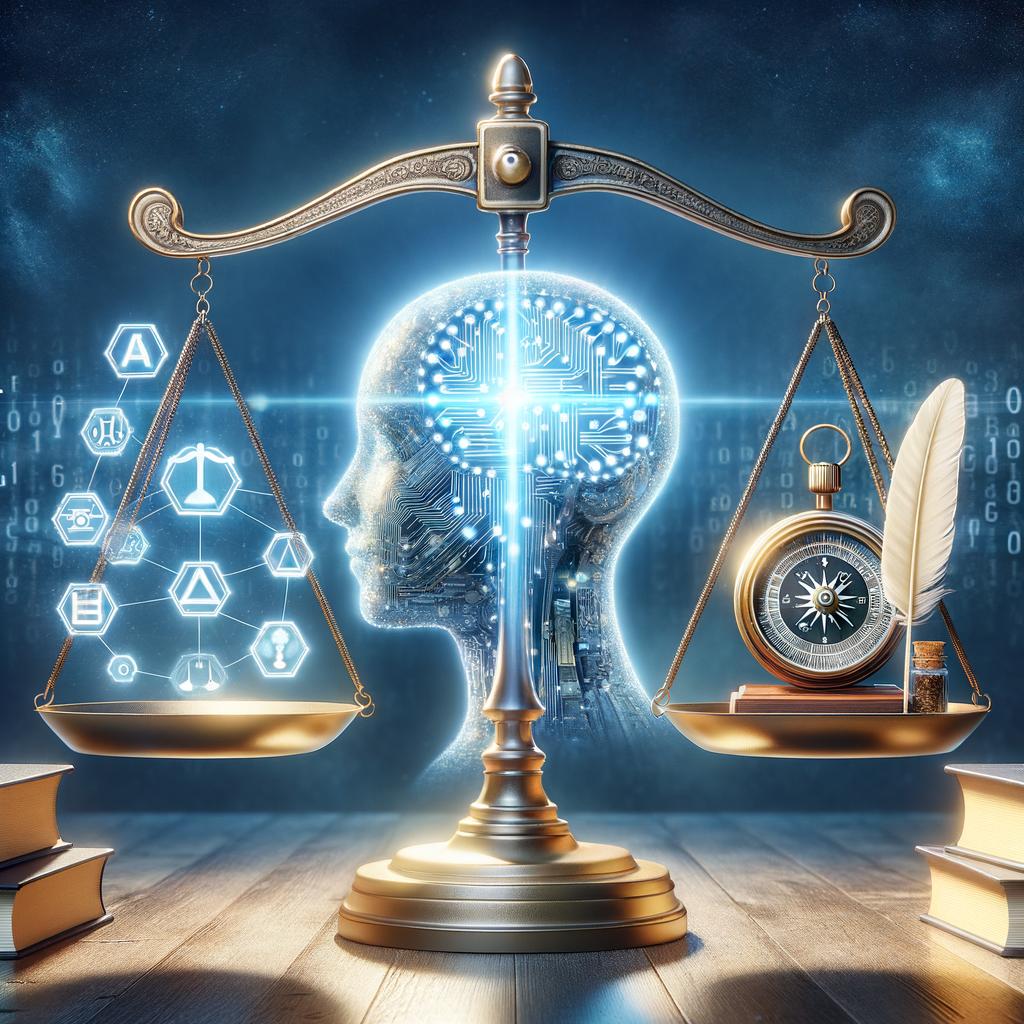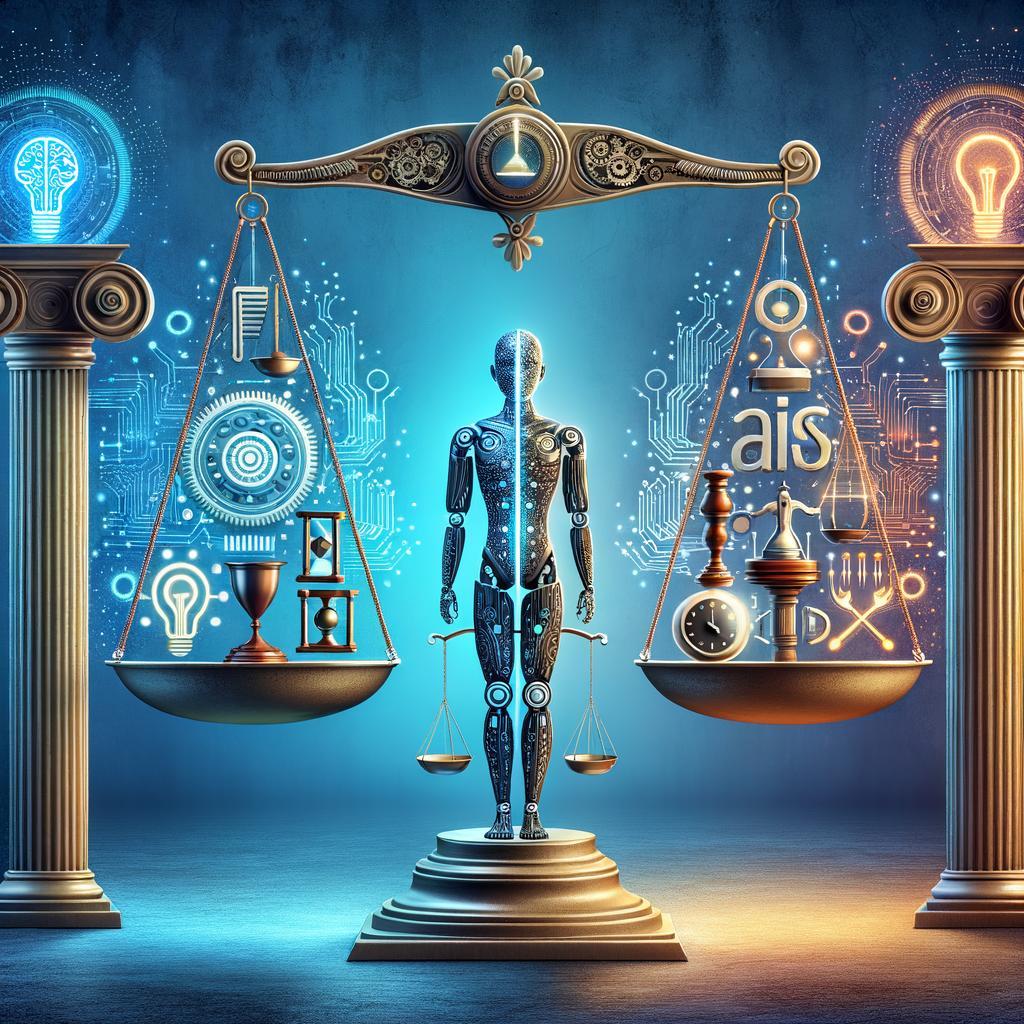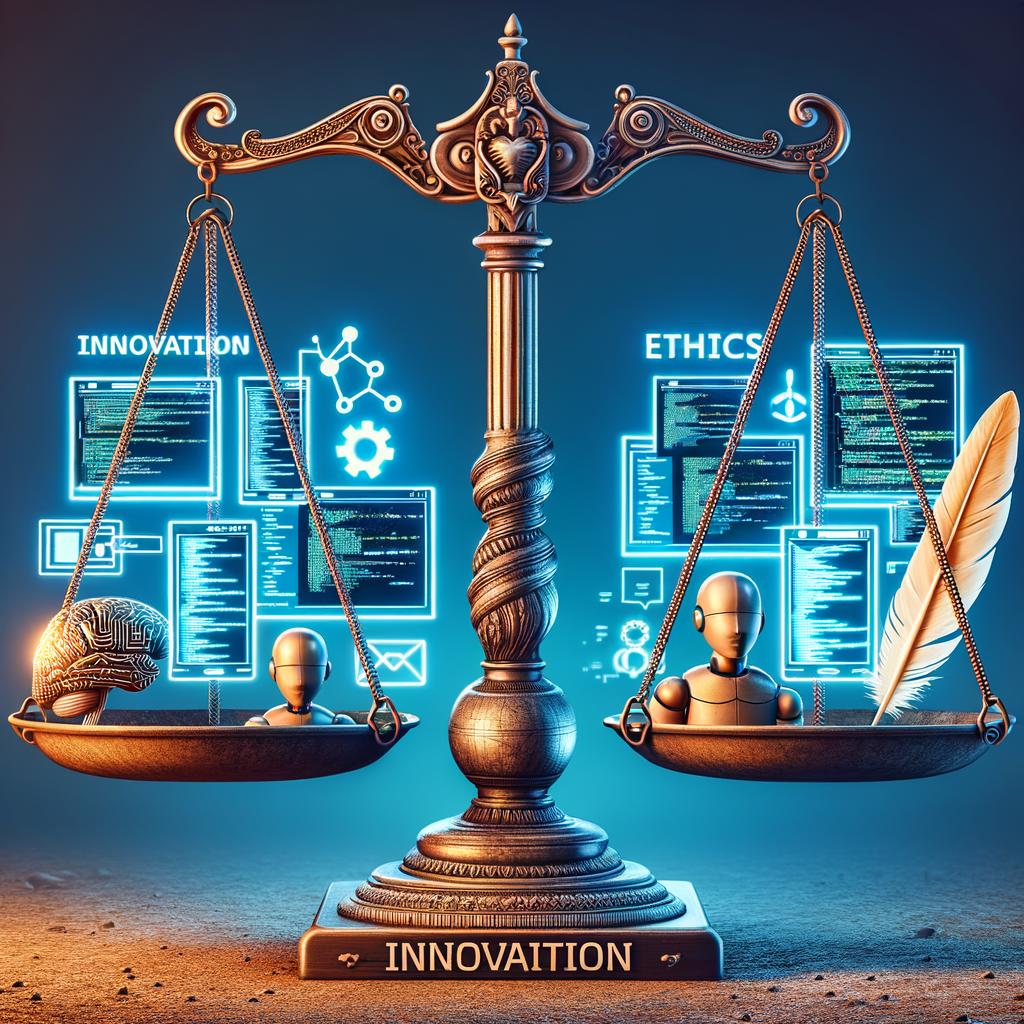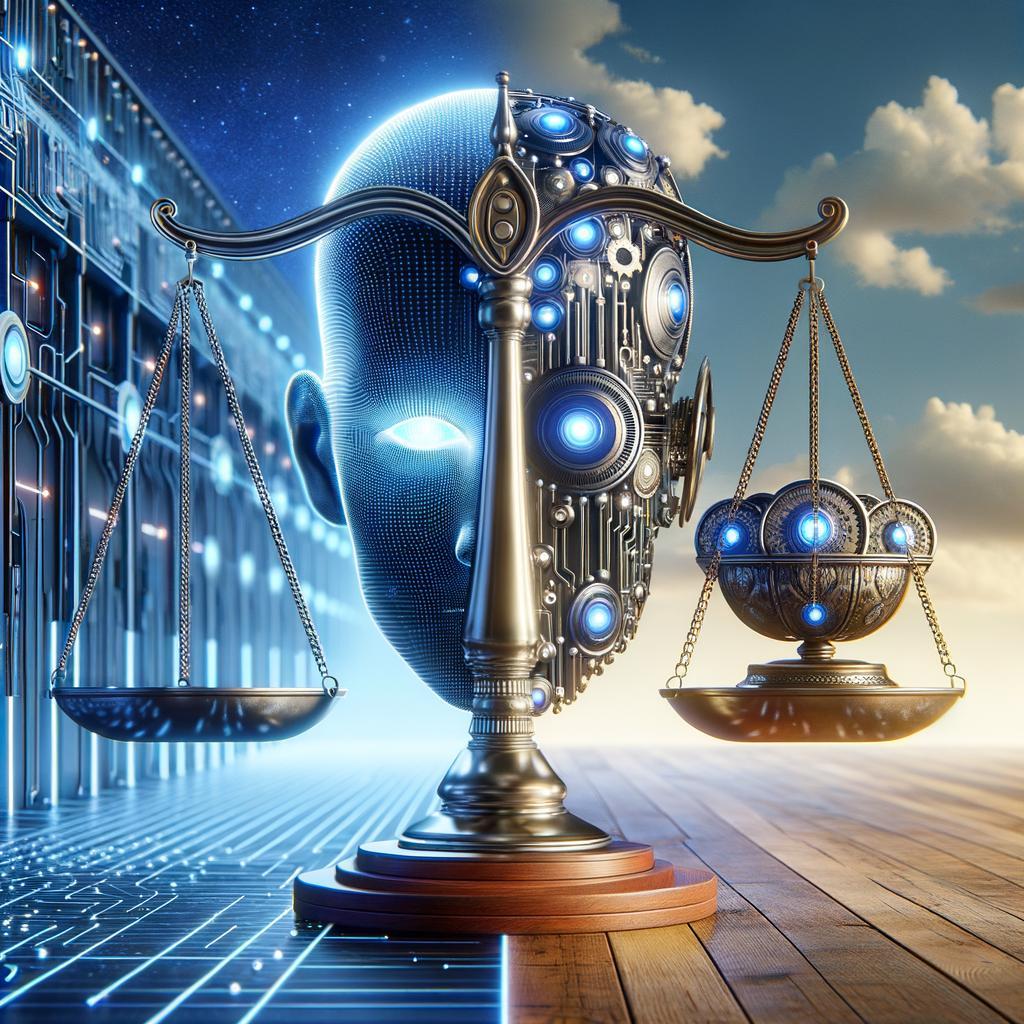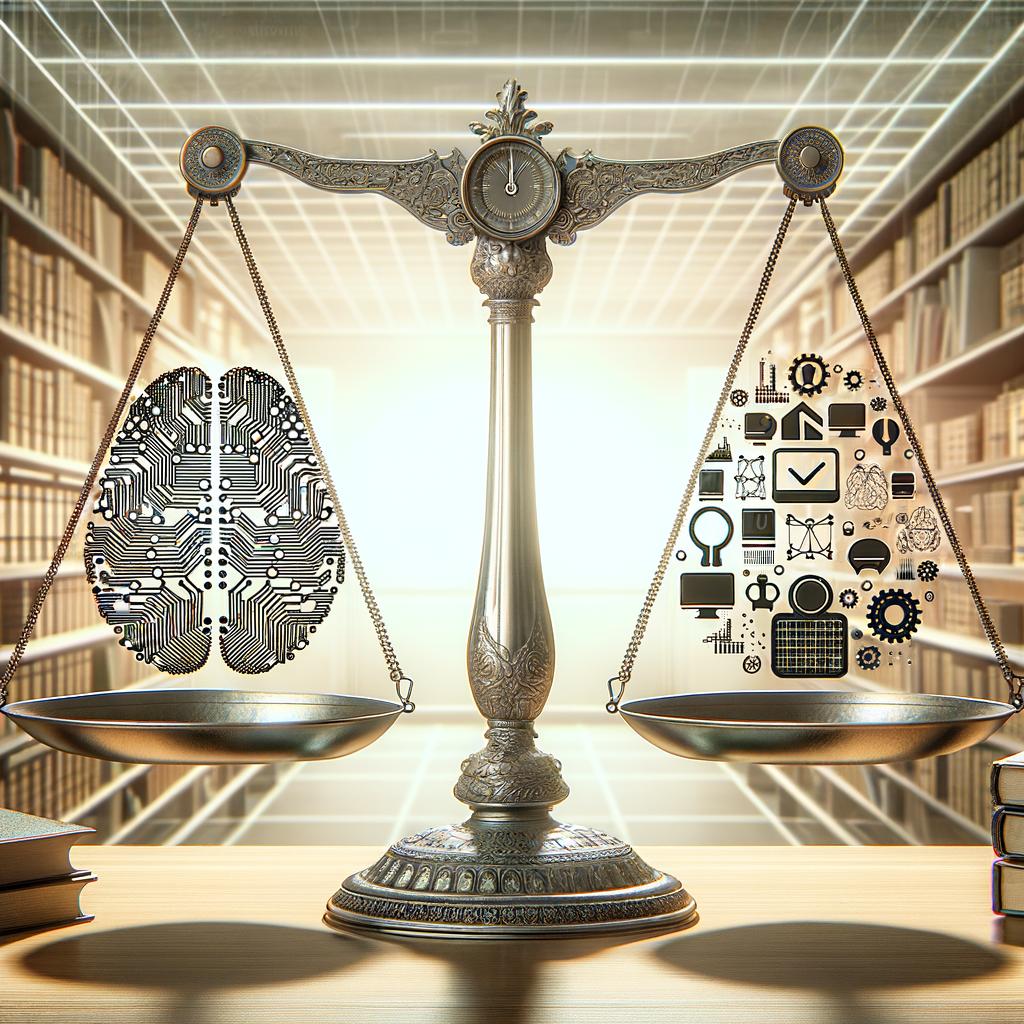In an ever-evolving world characterized by rapid technological advancements and shifting economic landscapes, the ability to adapt is more crucial than ever. Continuous learning has emerged as a cornerstone of personal and professional growth, empowering individuals to unlock their full potential and remain relevant in an increasingly competitive environment. As industries transform and job roles evolve, embracing a mindset of lifelong learning enables individuals not only to enhance their skills but also to foster innovation and resilience. This article delves into the multifaceted benefits of continuous learning, exploring its profound impact on career trajectories, personal satisfaction, and overall fulfillment. Join us as we uncover the transformative power of continuous learning and offer practical strategies to cultivate a lifelong learning habit that can propel you toward success in today’s dynamic world.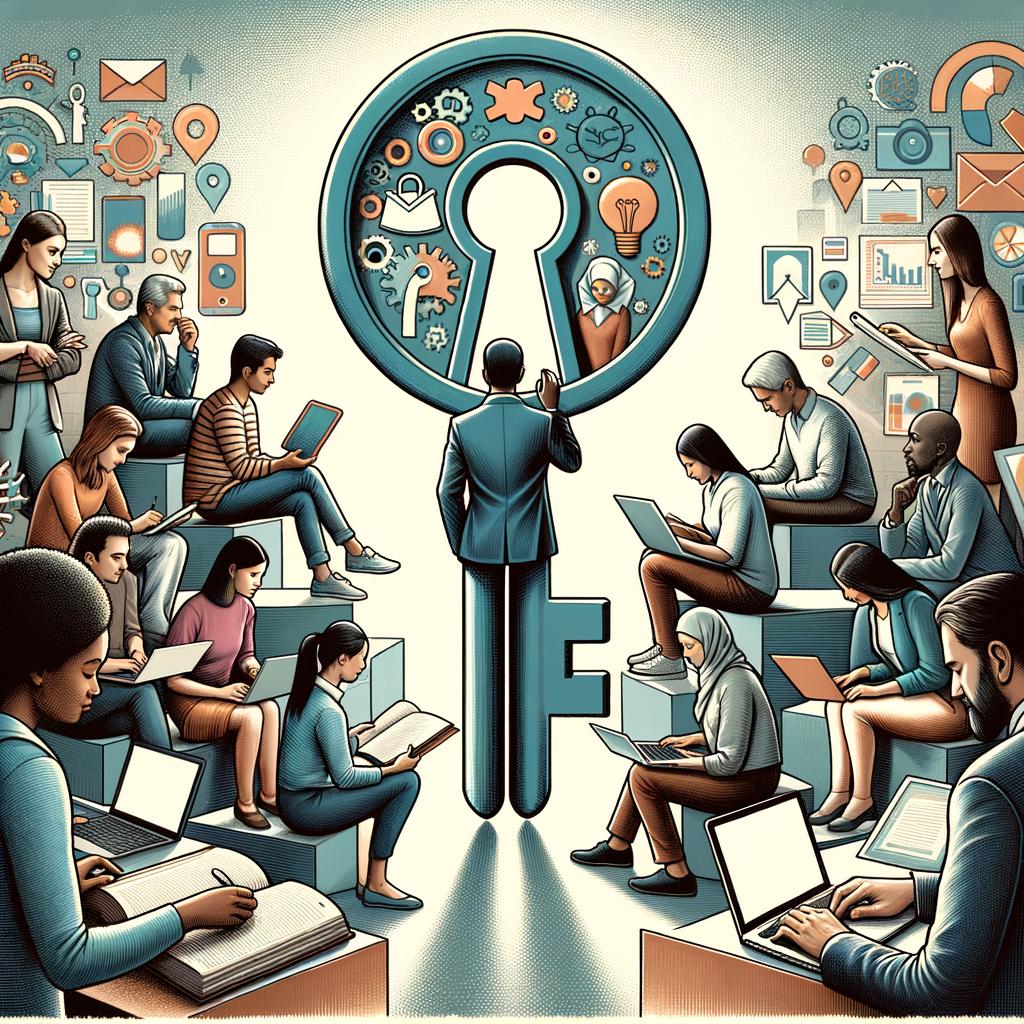
In today’s fast-paced professional landscape, organizations that embrace a growth mindset are not merely reacting to change but proactively shaping their futures. A culture rooted in continuous improvement encourages employees to take risks, learn from failures, and expand their skill sets beyond conventional boundaries. This commitment to lifelong learning can be cultivated through various strategies, including:
- Encouraging Open Communication: Fostering an environment where team members feel safe to share ideas and feedback promotes collaboration and innovation.
- Providing Professional Development Resources: Offering workshops, courses, and mentorship opportunities enables employees to enhance their competencies systematically.
- Recognizing and Rewarding Learning Efforts: Celebrating achievements in personal and professional growth reinforces the value of learning within the organization.
Moreover, organizations can further integrate a growth mindset into their frameworks through well-defined objectives and accountability measures. By establishing clear KPIs focused on learning outcomes, businesses can ensure that ongoing education is not just an afterthought but a fundamental component of their operational strategies. Implementing regular assessments and feedback loops allows for quick pivots and adjustments in learning initiatives, ensuring they remain relevant and effective.
| Strategy | Benefit |
|---|---|
| Open Communication | Enhances collaboration |
| Professional Development | Boosts skills and knowledge |
| Recognition Programs | Motivates continued growth |
Key Takeaways
the journey towards unlocking our full potential through continuous learning is not just a personal endeavor; it is a vital necessity in today’s rapidly evolving landscape. As we navigate an age characterized by constant change and innovation, committing to lifelong learning empowers us to adapt, grow, and thrive in both our personal and professional lives.
Embracing this mindset not only equips us with the skills and knowledge needed to keep pace with advancements but also fosters creativity, resilience, and a deeper understanding of the world around us. Whether through formal education, self-directed study, or collaborative experiences, the opportunities to learn and expand our horizons are abundant.
Now is the time to invest in yourself. By embracing the power of continuous learning, you position yourself to seize new opportunities, confront challenges head-on, and contribute meaningfully to your community and beyond. Remember, the journey of learning never truly ends—instead, it unfolds a future filled with possibilities. So, take that first step today, and unlock your potential for a brighter tomorrow.
